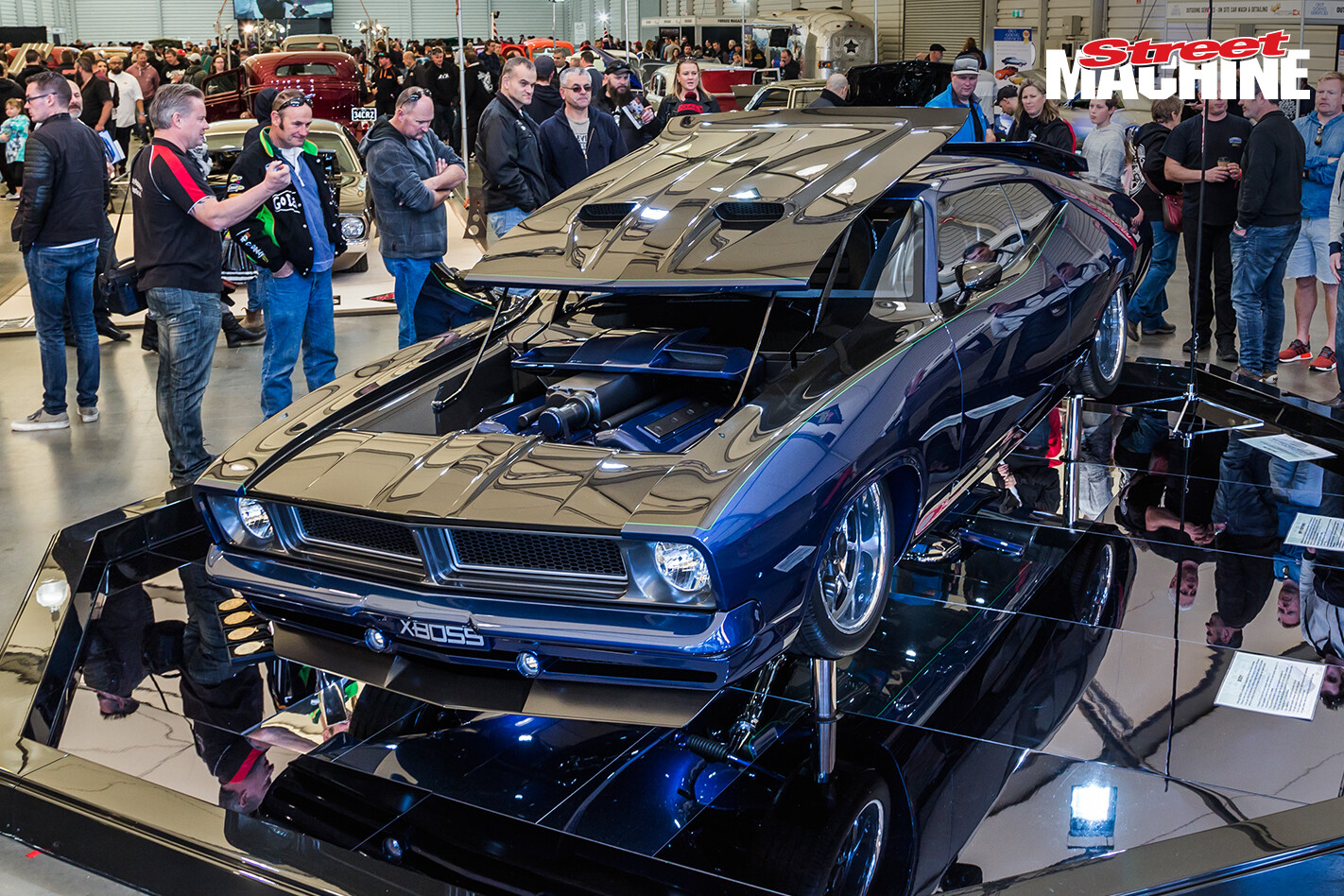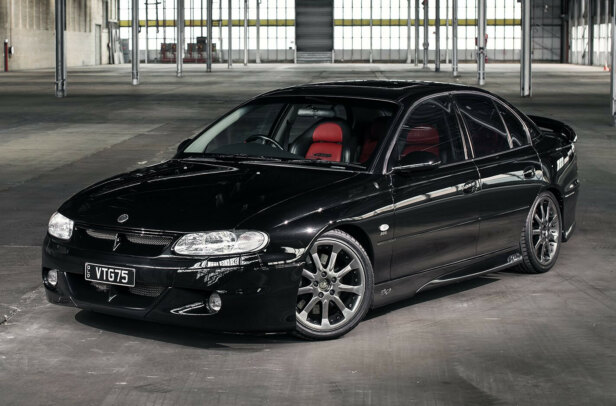Ely Reeves Callaway III, founder and CEO of the legendary Callaway Cars, has died aged 75 after a fall in his California home.
The Callaway brand, founded in 1977, became synonymous with super-hot Corvettes to from the 80s onward, thanks in no small part to the record-breaking Sledgehammer, which was the first street-legal car to cut through the fabled 250mph barrier.
The son of golf magnate Ely Callaway Jr, Callaway steered open-wheel Formula Vees in his youth, winning the SCCA 1973 championship.
He dreamed of becoming a full-time circuit racer, but the prohibitive buy-in costs drove him to find work at Bob Bondurant’s High Performance Driving School instead.
The first Callaway-modified road car was a BMW 320i borrowed from the school; he bolted up a home-made turbo kit, which would form his first line of products.
After demonstrating serious engine-building prowess by creating an IndyCar-spec engine from scratch in 1980, Callaway allied with Alfa Romeo to produce 35 twin-turbo GTV 6s.
The Sledgehammer Corvette was undeniably Callaway’s most iconic project, which succeeded in to smashing the 250mph (410km/h) barrier.
Callaway built another 510 ‘Vettes for Chevrolet, including 10 ultra-sleek Speedsters – one of which he kept for himself.
The SuperNatural C6 finished second and third in the GT2 class at Le Mans in 1994 and 1995 respectively, based on the awesome Super Speedster LM body.
The C7 GT3 is still tearing up racetracks, too.
Callaway also lent his talent to marques including Aston Martin and Land Rover, not to mention the C4B-powered VTII GTS.
Callaway Cars still offers a range of mod packages for GM’s lineup, from supercharged C8 Corvettes to 602hp Escalade SUV kits.
Read on for more of Callaway’s exploits with GM below, including the low-down on the mighty Sledgehammer.
Callaway’s king Corvettes
Callaway worked on a number of GM-based projects through the 80s, 90s and 2000s, including the 300kW C4B engines for HSV’s VTII GTS.
A range of Callaway-fettled Chevrolets are currently available to order in the US, including a 750hp Camaro ZL1. Much like our own Walkinshaw Performance, Callaway also produces upgrade packages for existing cars, such as the shooting brake-style ‘AeroWagen’ hatch to suit C7 Corvettes.
In 1987, Callaway signed a deal with Chevrolet to offer a factory-optioned, twin-turbo version of the 350ci L98-powered C4 Corvette. If you ticked the ‘RPO B2K’ box on the order form, you received a car making around 400hp – fully warranty-backed and EPA-certified. This was the first and so far only occasion that Chevrolet would make such an agreement with an external company.
The B2K option was discontinued for the 1992 model year, due to costs associated with adapting the turbo system to the updated LT1 V8, as well as low sales volume. Over four years, fewer than 500 cars were ordered.
The one-off Sledgehammer was an evolution of Callaway’s lesser-known Top Gun project, which aimed to push the boundaries of top speed in a road-driven car. In 1987, The Top Gun C4 reached 231mph (371km/h), spurring the company towards breaking the hallowed 250mph (410km/h) barrier.
The Sledgehammer was modified extensively to achieve this goal. A dry-sump L98 V8 was built by NHRA legend and GM tuner John Lingenfelter, which received a new Cosworth crank, forged pistons and rods, and a custom cam and heads. Twin-intercooled Turbonetics T04 turbos gave 22psi of boost, sending 898hp and 772ft-lb to the rear wheels through a Doug Nash overdrive-equipped five-speed manual transmission.
A significant portion of the chassis was removed in the build process, and the suspension was reworked for high-speed stability. Each wheel was wrapped in 275mm Goodyear rubber. The Sledgehammer still retained its stock a/c and Bose audio system, reflecting the ‘road-going supercar’ aim. Over the quarter-mile, the car ran a best of 10.6 seconds – comparable to a Lamborghini Aventador SV today.
Lingenfelter piloted the Sledgehammer on its top speed run in October 1988 at Ohio’s Transportation Research Center, clocking in at 254.76mph (409.9kmh). This made it the fastest road-legal car in the world, a record that stood past the turn of the 21st century. In comparison, Lamborghini’s twin-turbo V12 Countach LP Turbo S would reach its limit at 208mph (334km/h), while the contemporary RuF CTR Porsche 959 ‘Yellowbird’ was capable of 213mph (342km/h).
The Sledgehammer was retired after its record-breaking run, making occasional appearances at the Corvette Museum in Kentucky.




Comments